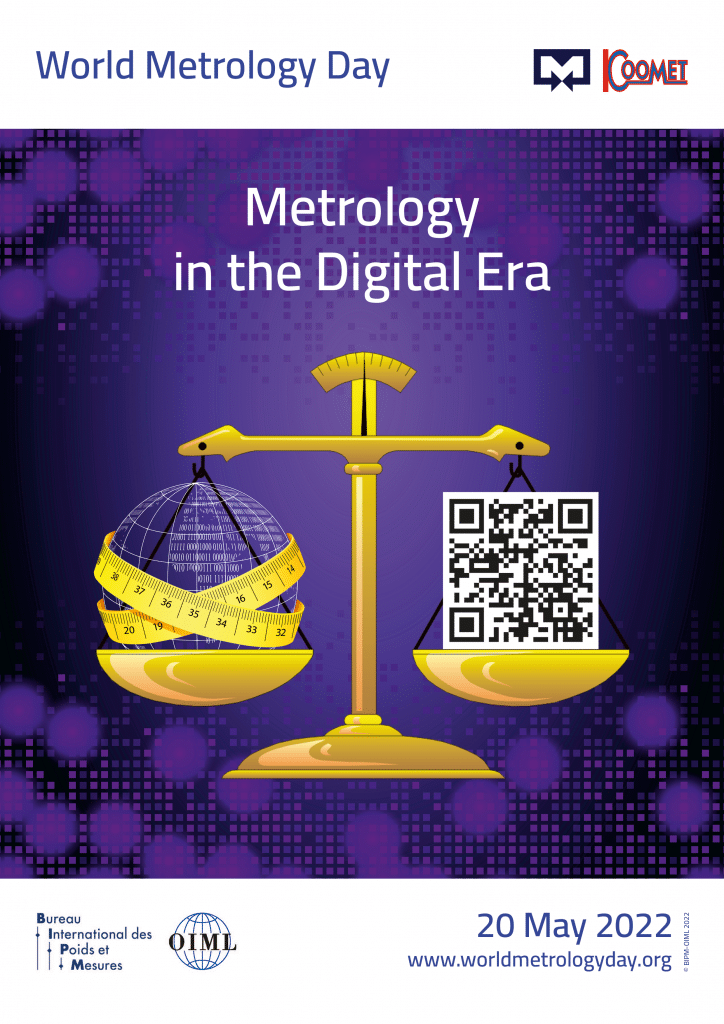With World Metrology Day just around the corner on May 20, let’s take a look at what digital technology has brought to the world of metrology. Accuracy, stability, traceability but also data management… The advances towards more accuracy are numerous, guaranteeing an increasingly optimal safety.
As in all areas of our daily lives, the science of measurement is benefiting from the global digital transformation. Cost reduction, better control of industrial processes, data-driven use: the combination of metrology and digital evolution offers many advantages and represents a major challenge in the industrial sector.
More accuracy and stability
To ensure the accuracy of a measurement, the instrument used must be reliable and qualified. The digital age has led to increasingly thorough testing, pushing manufacturers to achieve ever greater accuracy. Since the gradual disappearance of the dial on weighing instruments, digital technology has continued to make measurement operations – weighing in this case – more accurate. First with a clearer readability, with finer scale intervals, and then through the reduction of tolerances (measurement results within an acceptable and quantified margin compared to the exact result).
The innovation allowed by digital tools has brought a durability both in the equipment and in the accuracy of their results: a digital tool is less likely to go out of adjustment in working environments that are not always simple.
Guaranteeing traceability
Metrological traceability is the property of a measurement result according to which this result can be linked to a reference through an uninterrupted and documented chain of calibrations, each of which contributes to the uncertainty of measurement
Traceability is the guarantee that the product meets precise standards related to its use. This traceability is a promise of reliability: the data collected allows the instrument to be qualified with a known uncertainty level. The results can then be compared with the tolerances provided by regulations or quality assurance systems. Digital tools now make it possible to ensure that this chain of traceability is guaranteed, both by the manufacturer of the product, but also, as the case may be, by its end user, through periodic verification of weighing instruments, for example. As in any industry, the guarantee of traceability is the assurance of an expected level of quality and a protection for the final consumer.
Metrology requires a double traceability:
– That of calibrations and verifications according to various standards depending on the end use of the product (for example humidity, heat, cold or even dust for industrial weighing instruments). The instruments are tested in laboratory to ensure that they comply with current regulations;
– The traceability of measurements made with the instrument in question.
A world of data
In metrology, as in all fields, data is one of the pillars of digital transformation. Collecting, exchanging and analyzing this data allows us to go even further in the continuous improvement of processes. Data is the key to innovation and the search for accuracy.
Digital tools allow us to access this data, to retrieve it and share it, both with humans and with machines. The OIML is working on the implementation of a digital certificate of conformity to the FAIR principles in metrology. Referring specifically to data from digital tools, FAIR requirements are that data be Findable, Accessible, Interoperable, and Reusable. This certificate can thus serve as a guarantee of reliability.
Metrology is adapting to today’s world and its requirements. While advances linked to digital transformation are already numerous and have given rise to important evolutions in terms of accuracy and traceability, the main challenge of this mutation will be to guarantee reliable data, both to the industry and to the final consumers.
For further :
